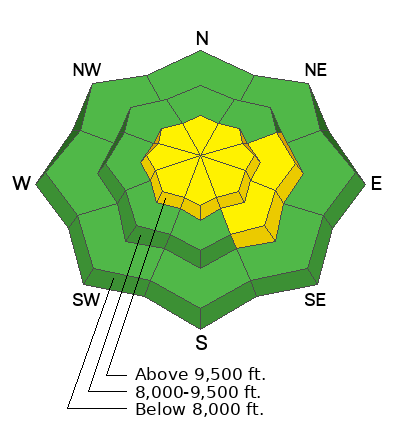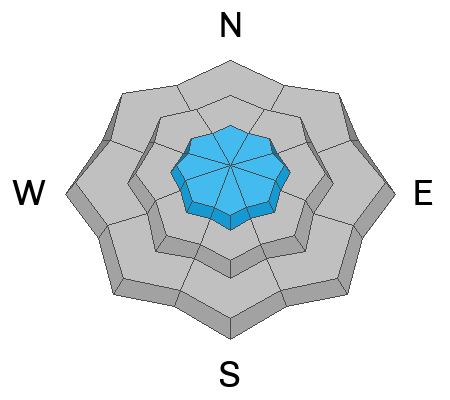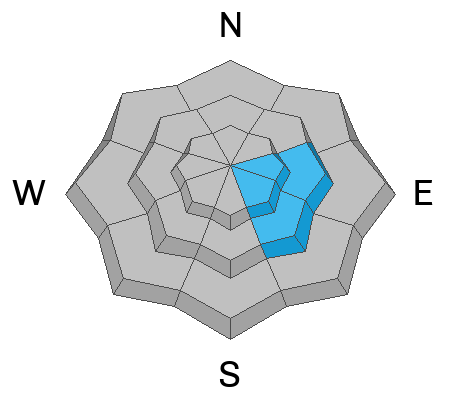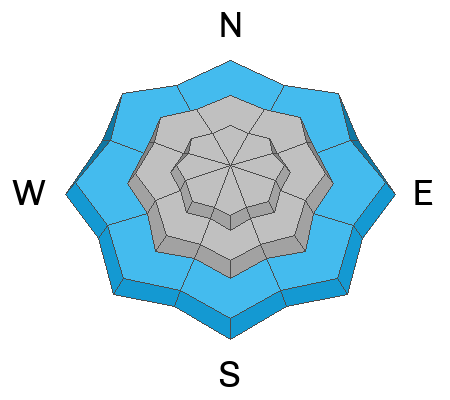We are seeking a passionate individual to join us as
Executive Director of the nonprofit Utah Avalanche Center.
This morning, under partly cloudy skies trailhead temperatures are in the mid 20's with some stations in the low 30's °F, and ridgetop temperatures in the low 20's °F. Winds are blowing from the southwest 15 gusting to 30 MPH at mid-elevations, and westerly 30 gusting to 50 MPH at 11,000 feet with a max gust of 65MPH.
Today, look for increasing clouds, winds blowing from the west-southwest 25 gusting to 35 MPH at the 9,000' ridgelines and 35 gusting to 55 MPH at the 11,000' ridgelines. Temperatures should be 33°- 38°F with a freezing level dropping throughout the day. Areas favored by southwest flow could see 1"-3" of snow and .10"-.15" of water by early evening. The frontal passage is forecast to come through around midnight with a drop in temperatures, and an increase in wind speeds with gusts up to 100 MPH, and widespread snowfall overnight.
Our Partners at the National Weather Service have issued a
Winter Storm Warning effective from 11AM this morning through 11PM Tuesday night with 10"-20" of snow expected and gusty winds at higher elevations. Read more
HERE.
Yesterday, I noted melt-freeze crusts on solar aspects and weak faceted surface snow on the northerlies. There was also snow being transported across the highest ridgelines starting to form stiffer wind drifts and these increased winds were starting to break down some of the surface hoar and near-surface facets that were observed
earlier in the weekend. On shaded aspects, there is still soft snow. If you move into steeper terrain, remember that even a loose-dry avalanche can travel far. Have an escape plan if loose surface snow picks up more speed as it can be more than enough mass to carry you off your feet.









